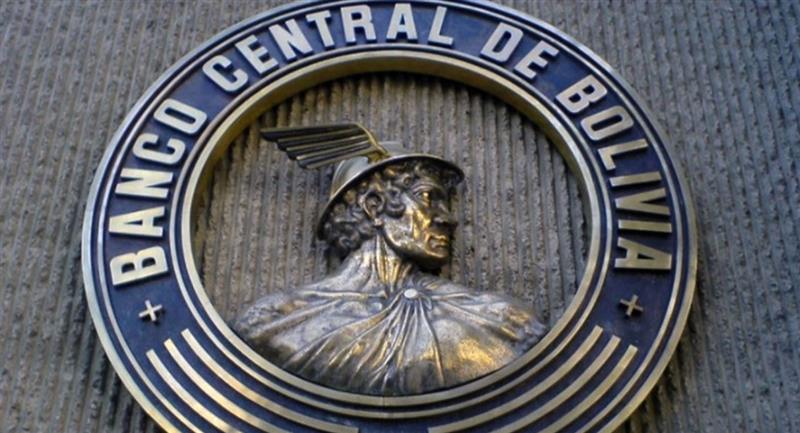Between January and July of this year, Bolivia recorded positive economic indicators demonstrating the strength, stability, and resilience of the Bolivian financial system, according to the Central Bank of Bolivia (BCB).
In the July 2022 Financial Stability Report, released Wednesday, the BCB argued that the South American country’s solid financial system is resilient to potential adverse shocks.
It also reiterated that this scenario contributes to the country’s economic recovery, which recorded significant growth in the gross domestic product (GDP) of 3.97 percent in the first quarter of 2022.

In this line, the issuing body published the document, stressing that the increased activity of financial intermediation has been reflected in improved indicators of profitability, access, and coverage of the system.
It indicated that the profits of the financial system reached 775 million bolivianos (US$111.3 million) in the first half of this year, an increase of 46 percent compared to June 2021.
According to the report, the first half of the year was characterized by a global macroeconomic environment of uncertainty caused by the emergence of new variants of COVID-19, but mainly by the conflict between Ukraine and Russia.
“Despite these adverse circumstances, the Bolivian economy registered a growth of 3.97% in the first quarter of 2022, which, together with the recovery of employment and the measures implemented by the BCB and the national government, favored the stability and growth of the Bolivian financial system,” the agency said.
At the end of the first half of 2022, financial intermediation showed greater dynamism, reflected in an increase in deposits and loans. On the one hand, public confidence in the system led to a 7.3 percent increase in public deposits compared to June 2021.
In the same period, lending increased by 7.4%, with more funds flowing to the productive sector and housing for low-income households.
“The adjustment of borrowers’ payment schedules to their income capacity resulted in a default rate of 2 percent, among the lowest in the region,” the issuer stressed.
BCB assured that the performance of the rest of the financial markets was positive against returning investor confidence.
The issuer confirmed that credit and liquidity risks remained under control thanks to the timely implementation of the measures taken by BCB and the national government.

